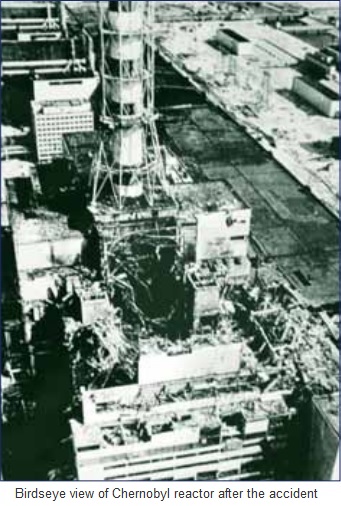3.4 Accidental/non-controlled releases of radioactive contaminants
Radionuclides can be released to the environment due to unforeseen accidents and incidents.

In addition to the major accidents and incidents occurring in the past in Nuclear Power Plants (1986, Chernobyl ; 2011, Fukushima), other releases can occur in practice.
Accidents during transportation or manipulation of open radioactive sources may lead to releases which are somehow easier to study and remediate. Previous information on the nature and activity of the sources, as well as on the history of the event, usually facilitate the use of in-situ measurements to determine the spread of the contamination and to address clean-up actions and further verification.
When sources are lost as the result of illicit activities, the information on the subsequent spread of the contamination is scarce. In-situ measurements are a valuable tool in the search of such ‘orphan’ sources and to identify the possible spread of the contamination. One of such cases was the incident that happened in Goiânia (Brazil) in1987, when an old medical radiation source was scavenged from an abandoned hospital, causing several deaths and many non-fatal cases of radiation poisoning.
References:
Chernobyl’s Legacy: Health, Environmental and Socio-Economic Impacts